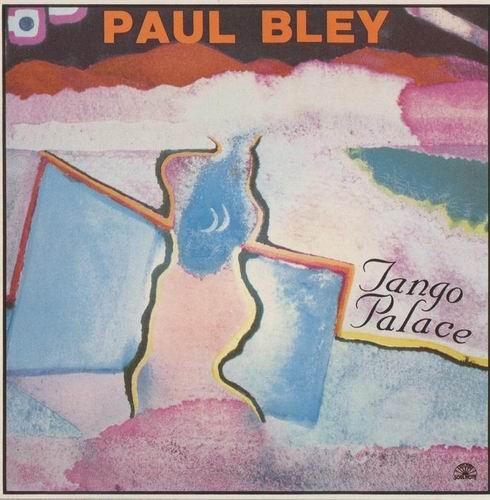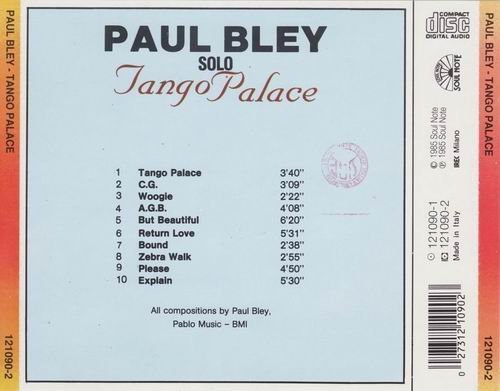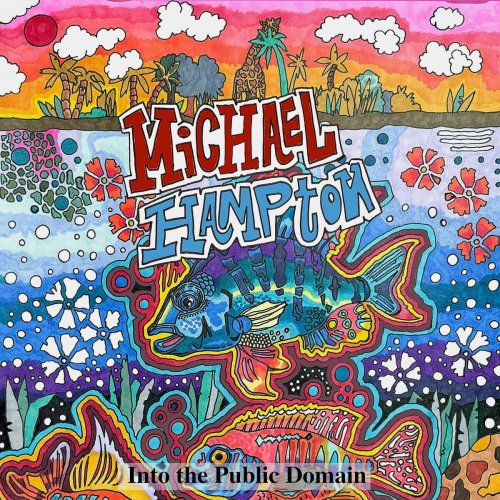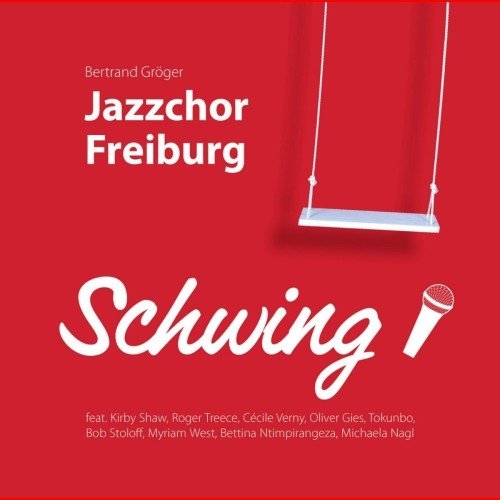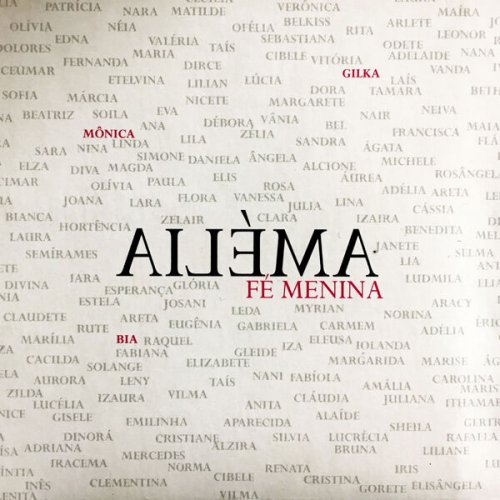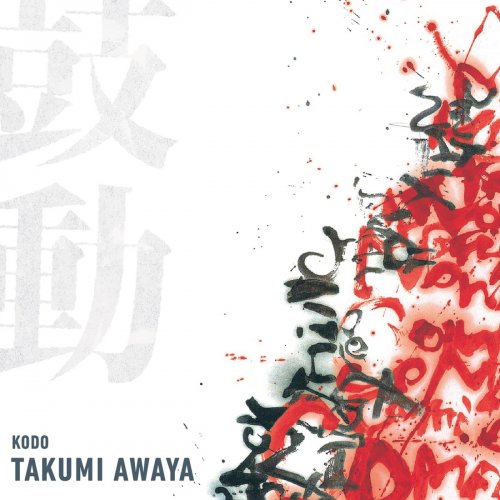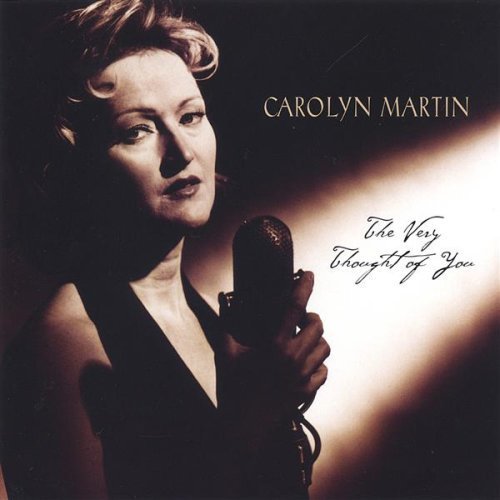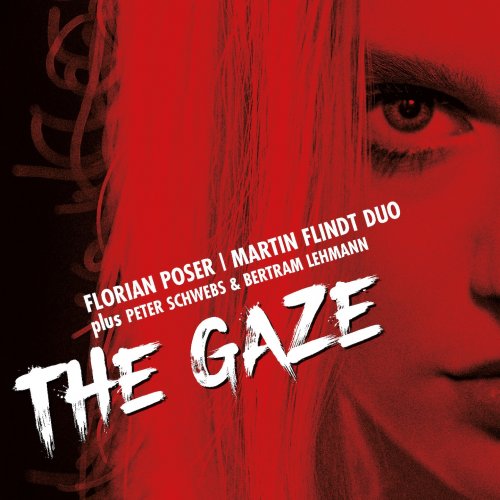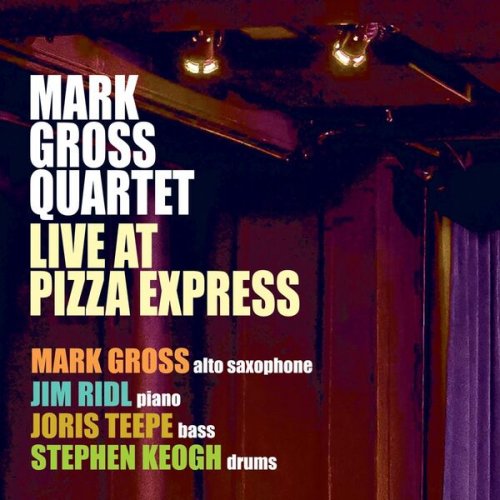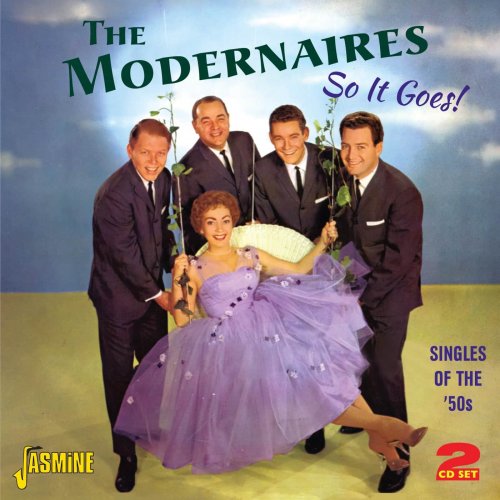Artist:
Paul Bley
Title:
Tango Palace
Year Of Release:
1985
Label:
Soul Note Records[121090-2]
Genre:
Jazz, Free Jazz
Quality:
FLAC (tracks + .cue,log,scans) | MP3/320 kbps
Total Time: 42:01
Total Size: 151 MB(+3%) | 99 MB(+3%)
WebSite:
Album Preview
Tracklist01 - Tango Palace
02 - C. G.
03 - Woogie
04 - A. G. B.
05 - But Beautiful
06 - Return Love
07 - Bound
08 - Zebra Walk
09 - Please
10 - Explain
Recorded May 21, 1983, Mixed March 22, 1984, at Barigozzi Studio, Milano
personnel : Paul Bley - piano
An alarm mechanism goes off at the sight of another solo album by this artist; the acquisition of a complete collection would surely cause floors to sag. Still, the dapper Paul Bley, pipe alit, will arrive at the studio, and by the end of the day a project is completed, with attention paid to all the details that will make such an album an enjoyable, varied listening experience. "C.G" appears to have him musically gazing out the window, perhaps a needed respite after the peppy opening title tune. Fans of tango should savor that moment; it is the only example of that style on the entire album. "Woogie" literally invites the listener to a wedding, notes tossed out like rice in the opening passages.
Bley digs deeper as the program progresses, with the gaze now out the window of a train, en route from gig to gig, a life of music passing by in a pattern of reminiscing. This can be heard in the references to melodies and styles, the little nuances that can peel 40 years off the music right before your ears. "But Beautiful" has just the right amount of build for a ballad, never upsetting the gentleness of its nature. The second side's opener, "Return to Love," has an amazing amount of detail and contrast; it is simply played beautifully, but appears to fade abruptly. "Bound" begins like a Thelonious Monk tune, then is abruptly abducted off to a land of more space than sound. As its two-and-a-half-minute length nervously unfolds, Bley alternates brief moments of emphasis with jewel-like chordal strokes that recall Satie. It is a wonderfully casual performance, and very deep.
Elsewhere, the pianist does some interesting swing, walking with an effective kind of halting motion before flitting off into the high register as if sewing a pocket shut. True, some mannerisms reappear as if a tired mind was trying to finish a job, including a kind of hackneyed use of the sustain pedal along with ringing high notes. "Please" is extremely pretty, a nice suggestion as a track to play to lure listeners into jazz piano piece, but it also fades out. "Explain" provides the final five minutes; one can almost hear the producer mouthing "What? Another slow one?" behind the glass.~Eugene Chadbourne
Exact Audio Copy V0.99 prebeta 5 from 4. May 2009
EAC extraction logfile from 18. December 2010, 2:17
Paul Bley / Tango Palace
Used drive : TSSTcorpCDDVDW SH-S222A Adapter: 1 ID: 0
Read mode : Secure
Utilize accurate stream : Yes
Defeat audio cache : Yes
Make use of C2 pointers : No
Read offset correction : 6
Overread into Lead-In and Lead-Out : No
Fill up missing offset samples with silence : Yes
Delete leading and trailing silent blocks : No
Null samples used in CRC calculations : Yes
Used interface : Native Win32 interface for Win NT & 2000
Gap handling : Appended to previous track
Used output format : User Defined Encoder
Selected bitrate : 768 kBit/s
Quality : High
Add ID3 tag : No
Command line compressor : C:\tool\Audio\Exact Audio Copy\FLAC\FLAC.EXE
Additional command line options : -V -8 -T "ARTIST=%a" -T "TITLE=%t" -T "ALBUM=%g" -T "TRACKNUMBER=%n" -T "GENRE=%m" %s
TOC of the extracted CD
Track | Start | Length | Start sector | End sector
---------------------------------------------------------
1 | 0:00.33 | 3:48.67 | 33 | 17199
2 | 3:49.25 | 3:14.00 | 17200 | 31749
3 | 7:03.25 | 2:25.70 | 31750 | 42694
4 | 9:29.20 | 4:18.25 | 42695 | 62069
5 | 13:47.45 | 6:22.45 | 62070 | 90764
6 | 20:10.15 | 5:36.70 | 90765 | 116034
7 | 25:47.10 | 2:47.45 | 116035 | 128604
8 | 28:34.55 | 3:01.13 | 128605 | 142192
9 | 31:35.68 | 4:58.22 | 142193 | 164564
10 | 36:34.15 | 5:32.25 | 164565 | 189489
Track 1
Filename C:\! RUTRACKER\ru up\Paul Bley - Tango Palace\01 - Tango Palace.wav
Pre-gap length 0:00:02.33
Peak level 75.0 %
Track quality 100.0 %
Test CRC 2A61C219
Copy CRC 2A61C219
Cannot be verified as accurate (confidence 1) [9FC21DAE], AccurateRip returned [98C96EDD]
Copy OK
Track 2
Filename C:\! RUTRACKER\ru up\Paul Bley - Tango Palace\02 - C. G..wav
Pre-gap length 0:00:03.55
Peak level 61.1 %
Track quality 100.0 %
Test CRC 36996475
Copy CRC 36996475
Cannot be verified as accurate (confidence 1) [FDBB2282], AccurateRip returned [685F4E1E]
Copy OK
Track 3
Filename C:\! RUTRACKER\ru up\Paul Bley - Tango Palace\03 - Woogie.wav
Pre-gap length 0:00:03.50
Peak level 70.9 %
Track quality 100.0 %
Test CRC FC675AE5
Copy CRC FC675AE5
Cannot be verified as accurate (confidence 1) [F59EAD67], AccurateRip returned [CA32759A]
Copy OK
Track 4
Filename C:\! RUTRACKER\ru up\Paul Bley - Tango Palace\04 - A. G. B..wav
Pre-gap length 0:00:02.52
Peak level 60.8 %
Track quality 99.9 %
Test CRC 0C1F28D0
Copy CRC 0C1F28D0
Cannot be verified as accurate (confidence 1) [68045890], AccurateRip returned [F0F340AC]
Copy OK
Track 5
Filename C:\! RUTRACKER\ru up\Paul Bley - Tango Palace\05 - But Beautiful.wav
Pre-gap length 0:00:01.47
Peak level 58.4 %
Track quality 100.0 %
Test CRC DF5F29DC
Copy CRC DF5F29DC
Cannot be verified as accurate (confidence 1) [12DB45F5], AccurateRip returned [DA8E520C]
Copy OK
Track 6
Filename C:\! RUTRACKER\ru up\Paul Bley - Tango Palace\06 - Return Love.wav
Pre-gap length 0:00:01.57
Peak level 59.2 %
Track quality 100.0 %
Test CRC 1E59B88F
Copy CRC 1E59B88F
Cannot be verified as accurate (confidence 1) [ABC3AE51], AccurateRip returned [FC62CA67]
Copy OK
Track 7
Filename C:\! RUTRACKER\ru up\Paul Bley - Tango Palace\07 - Bound.wav
Pre-gap length 0:00:02.55
Peak level 40.7 %
Track quality 100.0 %
Test CRC 9280E93D
Copy CRC 9280E93D
Cannot be verified as accurate (confidence 1) [D28B6E39], AccurateRip returned [F67D14D2]
Copy OK
Track 8
Filename C:\! RUTRACKER\ru up\Paul Bley - Tango Palace\08 - Zebra Walk.wav
Pre-gap length 0:00:03.70
Peak level 59.3 %
Track quality 100.0 %
Test CRC ECCF02B7
Copy CRC ECCF02B7
Cannot be verified as accurate (confidence 1) [A6B2D40B], AccurateRip returned [6876AC75]
Copy OK
Track 9
Filename C:\! RUTRACKER\ru up\Paul Bley - Tango Palace\09 - Please.wav
Pre-gap length 0:00:02.63
Peak level 60.1 %
Track quality 100.0 %
Test CRC 8B3A0E09
Copy CRC 8B3A0E09
Cannot be verified as accurate (confidence 1) [DF091D70], AccurateRip returned [6471DCBB]
Copy OK
Track 10
Filename C:\! RUTRACKER\ru up\Paul Bley - Tango Palace\10 - Explain.wav
Pre-gap length 0:00:03.02
Peak level 54.4 %
Track quality 100.0 %
Test CRC D669056C
Copy CRC D669056C
Cannot be verified as accurate (confidence 1) [BE9B768C], AccurateRip returned [4AAFF813]
Copy OK
No tracks could be verified as accurate
You may have a different pressing from the one(s) in the database
No errors occurred
End of status report
